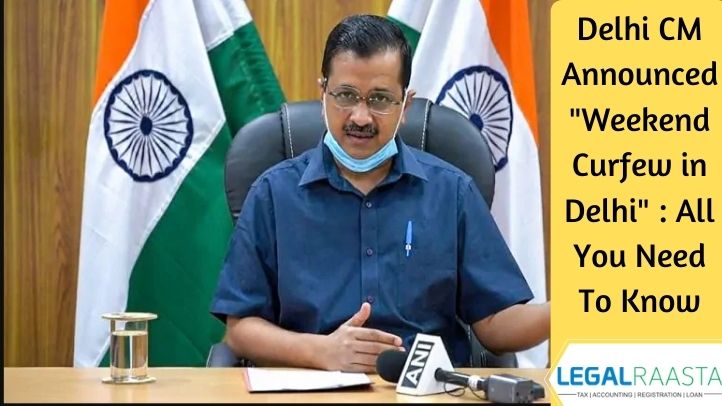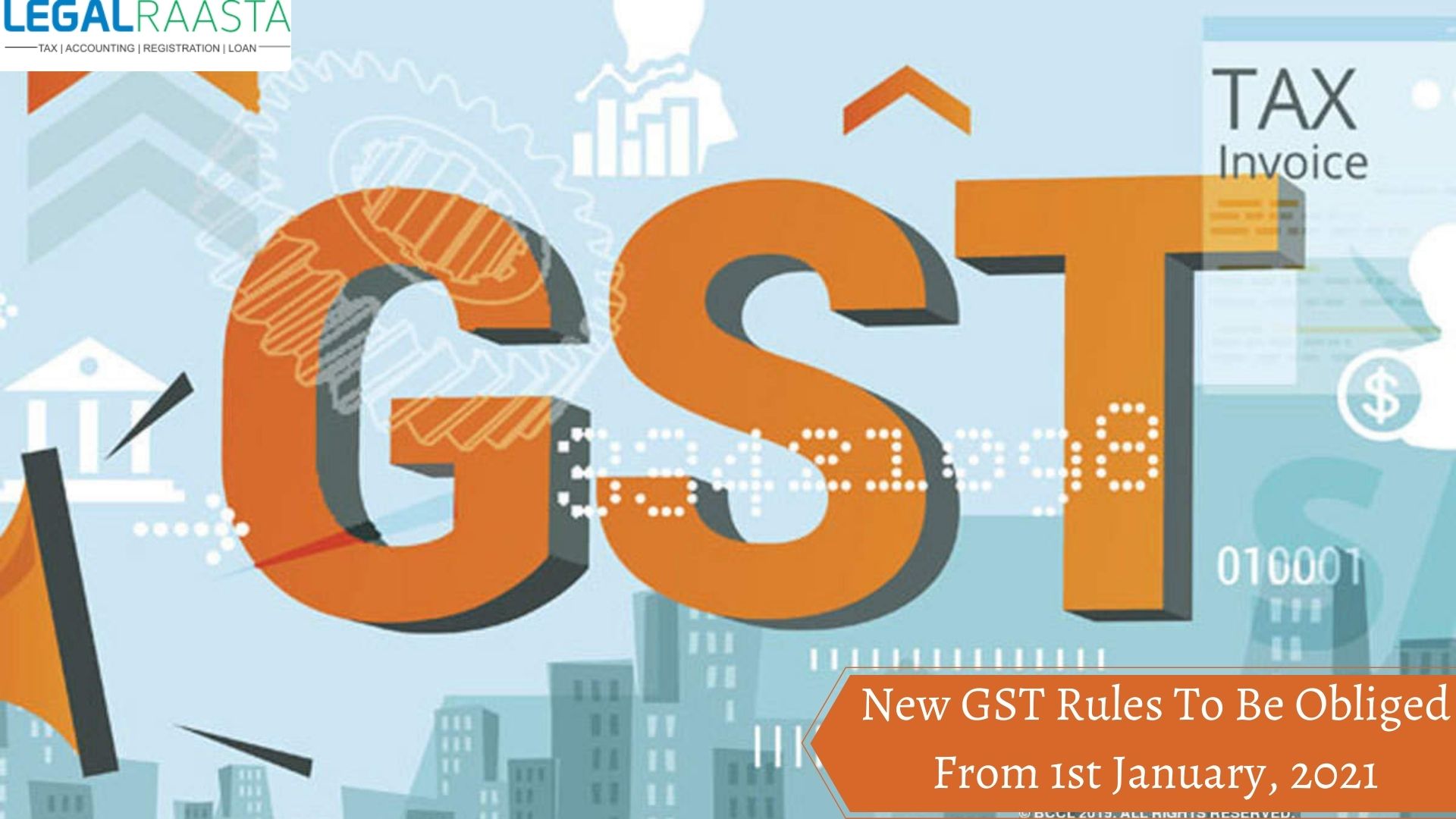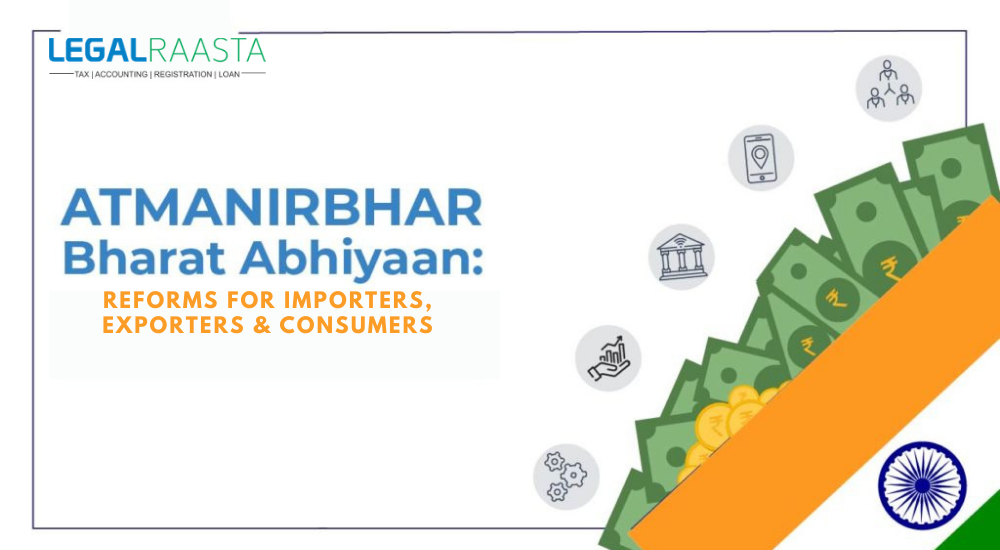Indian Healthcare Industry: Size, Future Scenario, Investments And Laws
The Indian Healthcare industry has become one of primary sectors, with respect to revenue and employment. In India, the healthcare sector comprises of “Hospitals, Medical Devices, Outsourcing, Medical Tourism, Health Insurance, and Medical Equipment.” The Indian Healthcare Industry is developing at a sharp pace. Furthermore, Indian healthcare industry also comprises of “Medical Devices, Telemedicine, Outsourcing, Clinical Trials, Medical Tourism, and Health Insurance.” The Indian healthcare industry can be bifurcated into two major components – “The Private Healthcare Sector and The Public Healthcare Sector.” The government healthcare sector i.e. the public healthcare sector consists of a few secondary and tertiary care institutes which work to provide basic healthcare services in the rural and semi-urban areas. Whereas, the private sector provides a majority of secondary, tertiary along with quaternary care institutions which provide services in the metropolitan cities along with tier-I and tier-II cities.Market size
By 2022, Indian Healthcare Industry will increase, by three-fold growth i.e Rs.8.6 trillion (US$ 133.44 billion). The Indian healthcare industry is growing at a percentage of 18%. It is expected to reach US$ 9 billion within the year 2020. The percentage of the health care industry is rising on the GDP. Hence, making way to enhance healthcare services in the country. The expenditure spent by the government in the healthcare sector has grown to 1.6% of the GDP in the current financial year as compared to the financial year of 2016 when it was 1.3% of the GDP. The momentum that health insurance is gaining in India is growing year by year. The gross direct premium income by the health insurance grew to 17.16% i.e Rs.51,637.84 crore (US$ 7.39 billion) in the financial year 2020.Future scenario of Indian Healthcare Industry
By 2022, the healthcare industry in India has aimed to reach $372 billion. Presently, the Indian healthcare industry is growing at a tremendous pace. The factors responsible for such a fast growth are “Services, Coverage and Increasing Expenditure by Public and Private Investors.” The expected growth of Indian medical tourism is expected to reach $7-8 billion this year (2020). The healthcare sector has also seen a rise in Ayushman Bharat centres. There are presently more than 50,000 of these centres which provide primary healthcare services across India.Investments made recently in the Indian Healthcare Industry
Foreign direct investment is attracted to hospitals and medical diagnostic centres. FDI worth US$ 6.72 billion were raised between April 2000 and March 2020. This data was presented by the “Department for promotion of industry and internal trade (DPIIT).” Some of the recent investments made to improve the Indian healthcare industry are given below: · To manufacture and sell the potential COVID-19 drug, Remidisvir, in over 127 countries, Jubilant genetics Ltd. signed a non-license agreement with US-based Gilead sciences Inc. in May 2020. · Additionally, in May 2020, Carlyle group acquired around 74% of stake in an animal health-focused pharmaceutical company, SeQuent Scientific Ltd., for about Rs.1580 crore (US$ 224.15 million). · To enhance the country's capabilities to fight against COVID-19, in April 2020, the first COVID-19 sample collection mobile lab of the country was launched, namely Mobile BSL-3 VRDL Lab. This mobile lab can process more than 1000 samples per day. · Adding to this, the value of merger and acquisition (M&A) deals for hospitals all over India jumped by a record of 155% i.e. Rs.7615 crores (US$ 1.09 billion) as on the financial year 2018-19. · A national clinical coordination committee for AI-powered cardiovascular disease risk score API is set in India which is the result of collaboration between Microsoft India and Apollo hospitals group, in August 2020. · In January 2019, tri-country premier hearing services Inc.’s plan was approved by National Company Law Tribunal (NCLT) to acquire Bhilai scan and research Pvt Ltd. (BSR) diagnostic for Rs. 67 crores (US$ 9.29 million). · Ministry of health and family welfare announced that India has also signed a memorandum of understanding (MoU) with Cuba. This was signed to increase the cooperation of the two countries in the area of health and medicine. · Furthermore, Fortis healthcare accepted the demerger of it’s hospital business with Manipal hospital enterprises. Also, an investment of Rs. 3900 crore (US$ 602.41 million) in Manipal hospital enterprise was done by TPG and Dr.Ranjan Pal.Things to consider while starting healthcare business in India
- Be in touch with the legal department for registration
- Connect with various hospitals.
- Know how much you are willing to invest.
- Capture the niche market.
- Know about different taxation rules.
- Understand the growth predictions of the near future.
- Abide by the rules and regulations.
- Know the loan and finance requirement beforehand.
- Understand all the medical-legal complications.
Laws for governing the commission of hospitals
- The companies act, 2013
- Atomic Energy Regulatory Body Approval for Radiology / Nuclear Medicine Services under the Atomic Energy Act – 1962
- Bombay Nursing Homes Registration Act – 1949
- Radiation Protection Certificate for Radiology Department from BARC
- Bombay Nursing Homes Registration (Amendment) Act- 2005
- Atomic Energy ( Safe Disposal of Radioactive Waste) Rules -1987
- Delhi Nursing Home Registration Act – 1953
- The Indian Telegraph Act – 1885
- Clinical Establishments Bill – 2010
- Clinic Establishment Act
- Fire Safety Rules – 1987
- The Partnership Act, 1956
- John Ambulance Association (India) Transfer of Funds Act – 1956
- Society Registration Act –1960
- Government Buildings Act – 1899
- Clinic Establishment Act
- John Ambulance Association (India) Transfer of Funds Act – 1956
- Red Cross Society (Allocation of Property) Act- 1936
- Electricity Rules – 1956
- Building and Other Construction Workers (Regulation of Employment and Conditions of Service) Act – 1908
Laws and regulation which govern the hospital’s business aspects
- Vehicle Registration Certificate
- Insurance Act – 1938
- Sales of Good Act – 1930
- Rules for the display of Red Cross Insignia
- the Public Liability Insurance Rules – 1991/1993
- Contract Act – 1982
- The Public Liability Insurance Act – 1991/1992
- Charitable and Religious Trust Act-1920
- Gift Tax Act – 1958
- Foreign Exchange Management Act-1999
- the Customs Act – 1962
- Copyright Act – 1982
- Cable Television Network ACT – 1995
- Wireless Operation Certificate from Post and Telegraphs
- Income Tax ACT – 1961
Laws to govern the sales and storage of drugs and other medications
- Drug and Cosmetic Act Amendment – 1982
- Homoeopathy Central Council Act – 1973
- Narcotics and Psychotropic Substances Act -1985
- Central Sales Tax Act -1956
- Blood Bank Regulations under Drugs and Cosmetic ( 2nd amendment ) rules – 1999
- The Drugs Control Act – 1950
- Homoeopathy Central Council (Amendment) Act -2002
- Pharmacy Act – 1948
- License for Possession and use of Rectified/denatured spirit
- The Drug and Cosmetics Rules (Amendment 2005) – 1945
- Retail Drug Licence
- Central Excise Act (for a permit to use and store spirit) – 1944
- Adulteration of Drugs (IPC Sec 274)
- Drugs and Cosmetic Act – 1940
- Sales of Adulterated Drugs ( IPC Sec 275 )
- Sales of Good Act – 1930
- Negligent Conduct about Poisonous Substances (IPC Sec 284)
- Sales of Drug as Different Drug or Preparation ( IPC Sec 276 )
Laws for regulating qualification, practice and conduct of professional in the Indian Healthcare Industry
- Rehabilitation Council of India Act – 1992
- All India Council for Technical Education ACT – 1987
- Indian Medical Council (Professional conduct, etiquette, and ethics) regulations- 2002
- The Dentists (Code of Ethics Regulation) – 1976
- Dental Council of India Regulations – 2006
- The Apprenticeship Act – 1961
- Indian Medical Degrees Act
- Indian Medical Council Act – 1956
- Registration of Medical Practitioners with State Medical Councils
- The Dentists Act – 1948
- The ICN Code of Ethics for Nurses
- Indian Nursing Council Act -1947
- AICTE Rules of Physiotherapy Rules
Laws that regulates patient management in the Indian Healthcare Industry
- Birth, Death and Marriage Registration Act – 1886
- The Epidemic Disease Act – 1897
- Drugs and Magic Remedies (objectionable) Advertisements Act 1954 – 1954
- Lepers Act – 1975
- Eyes (Authority for Use for Therapeutic Purposes) Act -1982
- Transplantation of Human Organ Act – 1994
- Transplantation of Human Organ Rule – 1995
- MTP Act – 1997
- Laws of Contract Section 13 (Consent)
- Manual for Control of Hospital Associated Infections: SOPs, NACO, Govt. of India
- National Guidelines for Clinical Management of HIV / AIDS, NACO, Govt. of India
- Rules for Insurance Cover for the Sterilization Cases
- Pre Conception and Prenatal Diagnostic Techniques (prohibition of sex selection) Rules – 1996
- PNDT Act – 1994
- The Mental Health Act – 1987
- Ear Drums and Ear Bones (Authority for Use for Therapeutic Purposes) Act – 1982
- MTP Rules – 1971
- Indian Lunacy Act – 1912
- Guardians and Wards Act – 1890
Laws responsible for governance of environmental protection and safety
- State Municipality Sanitation and Public Health Bye-Laws – 1959
- The Water (Prevention and Control of Pollution) Rules – 1975
- Air ( Prevention and Control of Pollution ) Act – 1981/1987
- The Air (Prevention and Control of Pollution) (Union Territories) Rules – 1983
- Environment Protection Act – 1996
- The Noise Pollution (Regulation and Control) (Amendment) Rules – 2002
- The Noise Pollution (Regulation and Control) (Amendment) Rules – 2006
- Rules regarding the safe discharge of effluents in the public sewers /drains
- IPC sec 269 (negligent act likely to spread infection or disease dangerous to life, unlawfully or negligently)
- The Water (Prevention and Control of Pollution) Act – 1974/1988
- The Water (Prevention and Control of Pollution) Cess Rules – 1978
- The Air (Prevention and Control of Pollution) Rules – 1982
- Environment Protection Rule – 1986
- Biomedical waste management handling rules – 1998/2000
- Noise pollution control Rules – 2000
- The Water (Prevention and Control of Pollution) Cess (Amendment) Act- 2003
- The Noise Pollution (Regulation and Control) (Amendment) Rules – 2010
- IPC sec 278 (making atmosphere noxious to health)
- The Noise Pollution (Regulation and Control) (Amendment) Rules – 2000
Laws regulating employment of manpower in India Healthcare Industry
- Workmen’s Compensation Act – 1923
- Indian Trade Union Act – 1926
- Industrial Disputes Act – 1947
- ESI Act – 1948
- ESI ( Central ) Rules – 1950
- Citizenship Act – 1955
- PPF Act – 1968
- Payment of Gratuity Act – 1972
- SC and ST Act – 1989
- Persons With Disabilities (Equal Opportunities, Protection of Rights and Full Participation) Act 1995
- Maternity Benefit (Amendment) Act – 2008
- Workmen’s Compensation (Amendment) Act – 2009
- Child Labour Act
- Negotiable Instrument Act – 1881
- Official Secrets Act – 1923
- Payment of Wages Act – 1936
- Weekly Holidays Act – 1942
- Minimum Wage Act – 1948
- Employees Provident Fund and Misc. provision Act – 1952
- Employment Exchange (Compulsory Notification of vacancies ) Act – 1959
- Payment of Bonus Act – 1965
- Equal Remuneration Act -1976
- Persons with Disabilities Act – 1995
- Information Technology Act – 2000
- Information Technology (Amendment) Act – 2008
- Shops and Factories Act (for National Holidays)
Laws to regulate the safety in the Indian Healthcare Industry
- Vaccination Act – 1880
- Arms Act – 1950
- The Indian Fatal Accidents Act – 1955
- Radiation Protection Rules – 1971
- Protection of Human Rights Act – 1993
- AERB safety code no. AERB/SC/Med -2 (REV -1) – 2001
- The Cigarettes and other Tobacco products ( prohibition of advertisement and regulation of trade, commerce, production, supply, and distribution ) Bill – 2003
- Disaster Management Act – 2005
- The Tamil Nadu Medicare Service Persons and Medicare Service Institutions (prevention of violence and damage or loss to property) Act – 2008
- IPC Sec 337 (causing hurt by act endangering life and personal safety of others)
- Rules for Provision of Safe Drinking Water
- Rules for Provision of Uninterrupted Power supply
- IPC Sec 338 (causing grievous hurt by act endangering the life and personal safety of others.
- IPC Sec 336 ( act endangering life and personal safety of others)
- The Prohibition of Smoking in Public Places Rules – 2008
- Gas Cylinder Rules -2004
- Petroleum Act + Storage Rules – 2002
- Vaccination (Repeal) Act – 2001
- The Radiation Surveillance Procedures for the Medical Application of Radiation – 1989
- Insecticide Act – 1968
- Prevention of Food Adulteration Act -1954
- the Indian Boilers Act – 1923
- Vaccination Act – 1880
Laws that regulate the medical-legal aspects
- Law of torts
- Moreover, IPC Section 93
- IPC Section 89
- IPC Section 52
- Law of privileged communication
- The Indian Evidence Act (disclosure of privileged/confidential patient-related information before a court of law – under protest)
- Likewise, IPC Section 269
- IPC Section 92
- IPC Section 80
- The Protection of human rights Act
- Consumer Protection Act – 1986
Laws that regulate research and professional training
- The Nursing Council of India Rules for starting the School/College of Nursing
- ICMR Rules Governing Medical Research
- National Board of Examinations Rules for DNB training
- MCI Rules for Internship Training
Laws that regulate biomedical research
- Further, Breeding of and Experiments on Animals (Control and Supervision) Amendment Rules – 2005.
- Reconstitution of Committee for Control and Supervision of Experiments on Animals (CPCSEA).
We provide all kinds of legal services like “DGEHS empanelment, CGHS empanelment, Hospital empanelment" and many more. So, contact the expert team of “LegalRaasta”, for a completely smooth and hassle free process. We provide all kinds of legal services like Trademark Registration, Company Registration, FSSAI License, and many more. So, contact the expert team of “LegalRaasta”, for a completely smooth and hassle-free process.



